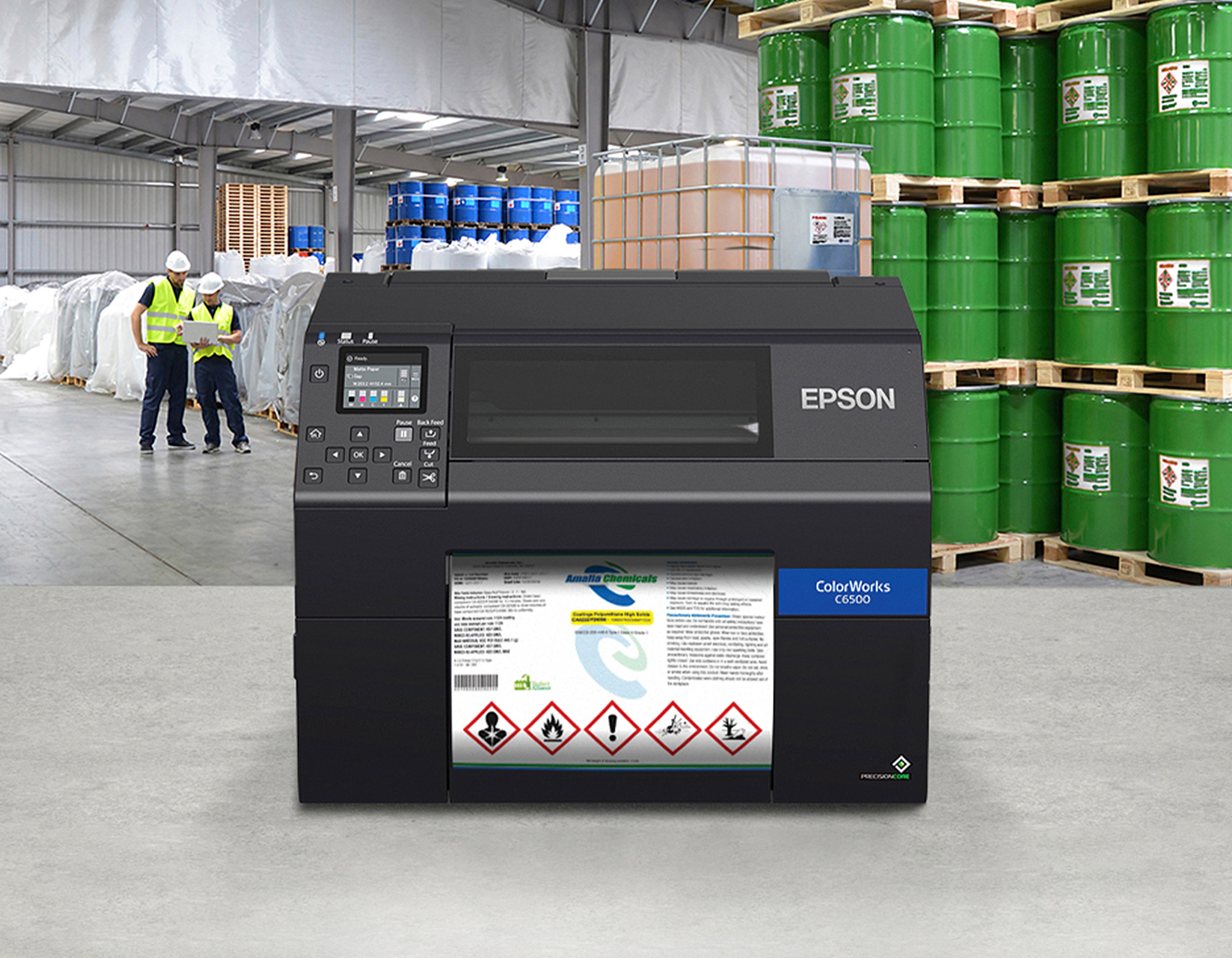-
Store
Official Epson Store
-
Printers
Printers
- Home & Home Office
- Office Printers & Copiers
- Professional Imaging
- Label Printers & Presses
Office Printers & CopiersResourcesApplicationsProfessional ImagingLabel Printers & Presses - Ink
-
Projectors
Business & EducationLarge Venue
-
Scanners
Scanners
-
Point of Sale
Point of Sale
- Receipt Printers
- Label Printers
- Cheque Scanners & Validation Devices
- Kitchen Display Systems
Receipt PrintersApplicationsLabel PrintersResourcesApplicationsCheque Scanners & Validation DevicesResourcesApplicationsKitchen Display SystemsResourcesApplicationsSAT -
Robots
Industries
- Industries
-
Support
Product Support
We’re passionate about sustainability and the role we play in the health of our global environment. Our commitment started almost 80 years ago and gets stronger every day.
Our philosophy of developing efficient, compact and precise technologies—or “Sho-Sho-Sei” as it’s known in Japan—has been infused into every Epson product since the beginning. Designing for low energy consumption, minimized waste, small footprints, high reliability and minimal moving parts results in outstanding solutions for our customers. And also supports our Environmental Vision 2050.
EcoTank Cartridge-Free Printers
With over 100 million sold worldwide1, our EcoTank cartridge-free printers with larger, refillable ink tanks have already helped reduce millions of pounds of plastic from landfills2.
3LCD
Projectors
Leading the global market, Epson projectors offer innovative features like ECO mode, which can lower power consumption as much as 29%. Plus, models with long-lasting laser light sources reduce the need for maintenance.

ColorWorks Label Printers
Printing colour labels on-demand in a single step streamlines the label printing process, improving inventory management and reducing waste.

Thermal Receipt Printers
Epson receipt printers include patented paper-saving features that reduce receipt length by up to 49% without compromising readability – and helping to save money, paper & time.3
Repair
- User replaceable parts for many products
- Extended Service Plans offered in addition to limited warranty
- Expansive Local Service Center network
Refurbish
- 100K+ products refurbished in the U.S. annually
- The Epson Certified ReNewTM promise
- Service and support direct from Epson
Recycle
- Reducing environmental burden by recycling end-of-life hardware
- Our Recycling Program lets customers return used Epson products for recycling
Reuse
- Investments in Dry Fiber Technology facilitate paper recycling with little water to create paper, packing, face masks and more
- Our PaperLab product is the world’s first dry process office papermaking system4
Building on our momentum, in March 2021 we revised our Environmental Vision 2050, stating the ambitious goals we’re working towards. In addition to developing environmental solutions closing the resource loop and promoting decarbonization, we continue to increase our commitment to specific goals and actions supporting global efforts to achieve sustainability.
By 2024
Source electricity from renewable energy at all qualified Epson locations.
By 2030
Reduce total GHG emissions aligned with the SBTi 1.5°C global warming scenario.
By 2050
Become carbon negative and non-renewable underground resource-free.
Epson, a United Nations Global Compact signatory since 2004, is committed to over 150 initiatives aligned with all 17 of the United Nations’ Sustainable Development Goals for the environment, our communities and society at large. Almost 80,000 Epson employees worldwide stand together in support of sustainability and the health of our global environment.
1 EcoTank printers worldwide 2011 - 6/2021.
2 Based on product and replacement ink bottle sales in North America 2015 – June 2021.
3 Paper-saving feature up to 49% on the TM-T88VII model. Paper saving percentage may vary by model.” An updated version of the disclaimer is in the works which we can forward over when ready.
4 PaperLab is the first dry process office papermaking system, per Epson research conducted in November 2016.
5 Excludes some sales sites occupying leased properties where the amount of electricity consumed cannot be determined.
* All projected images simulated.